Velvet fabrics for making flowers
Velvet is a luxurious versatile fabric that is used a lot in flower making. Whether you choose to make certain parts of a flower from it or a whole piece, it is good to know which velvet to choose when and why.
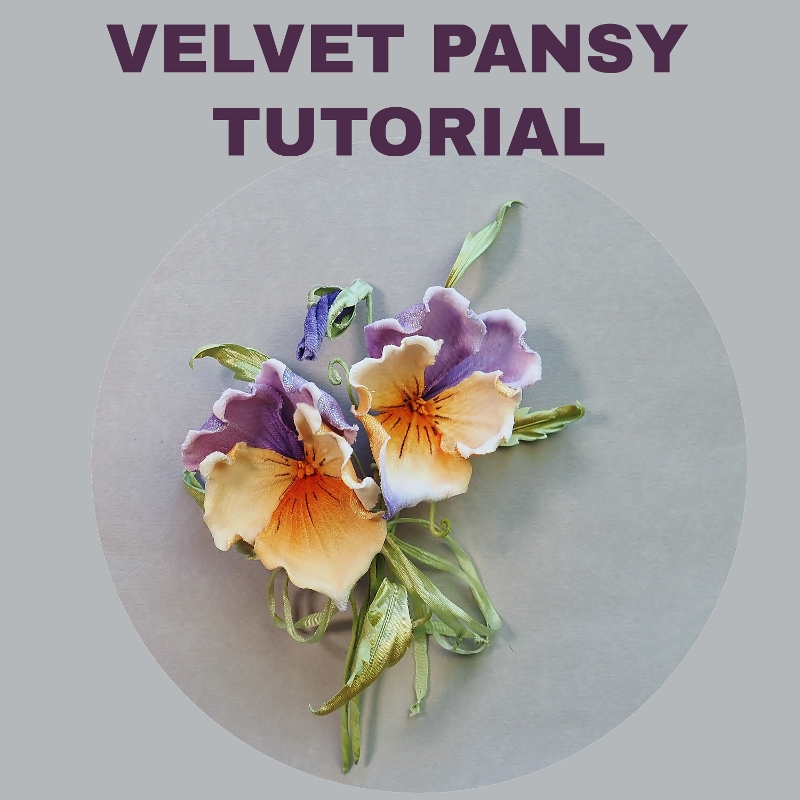
As autumn draws nearer I want to talk about velvet for making flowers. Velvet flowers are great for autumn-winter season and make perfect trims for felt hats too.
Since velvet was introduced for the first time in the Middle East back in 9th century it has always been associated with luxury, nobility, royalty. And indeed it was so expensive in the past that only wealthy people could afford it.
So what is velvet?
Velvet is a kind of woven tufted fabric in which the cut threads are distributed in an even manner in a short dense pile thus giving a very soft and smooth feel. Traditionally velvet was made using silk. Nowadays velvet is made from cotton, linen, mohair and wool along with silk. Lately, synthetic velvets too are being produced.
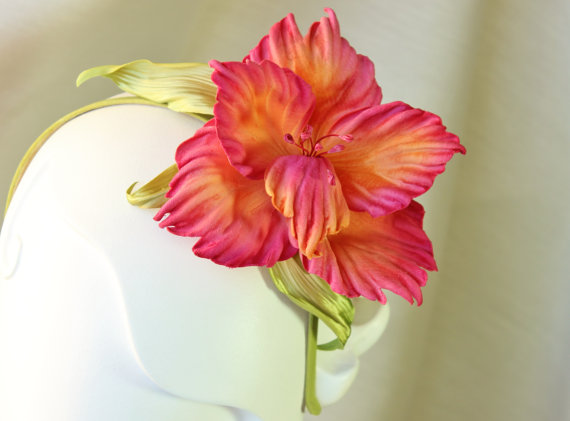 In flower making we are only interested in velvets made using natural fibers like silk, viscose or cotton. These fabrics dye well with Procion and other silk dyes and can be shaped with millinery tools.
In flower making we are only interested in velvets made using natural fibers like silk, viscose or cotton. These fabrics dye well with Procion and other silk dyes and can be shaped with millinery tools.First is colouring. Because of its heavy weight, thickness and pile velvet absorbs a lot of water when being dyed. When left to dry on paper it will also lose a lot of water together with the dye. To achieve a brighter colour with velvet I always recommend drying flower parts on non porous surfaces like glass or plastic.
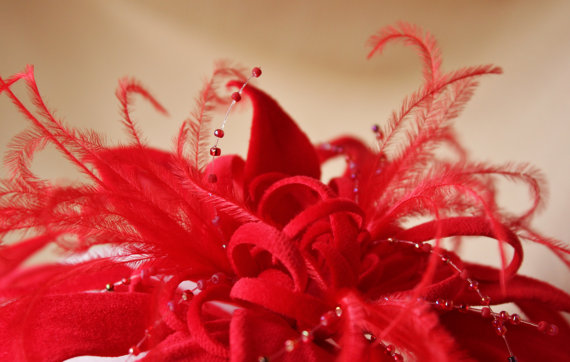 Velvet is always dyed from the right side. Try to be gentle with your brush strokes not to mess up the pile too much.
Velvet is always dyed from the right side. Try to be gentle with your brush strokes not to mess up the pile too much.In most cases velvet flower parts are backed with a thin layer of fabric.
Velvet can be backed with satin too.
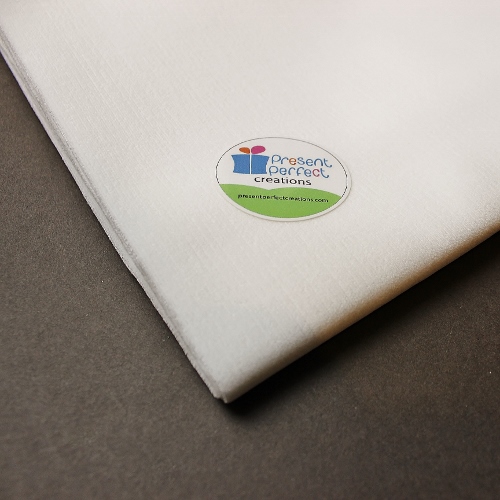
The type of velvet I commonly use in my works is made of cotton and has a very short pile.
I have a limited quantity of fat quarters of this velvet as well as different velveteen fabrics currently available in my shop, so if you’d like to try it in your designs, make sure you get one now.

Subscribe to our YouTube Channel for more flower making videos.

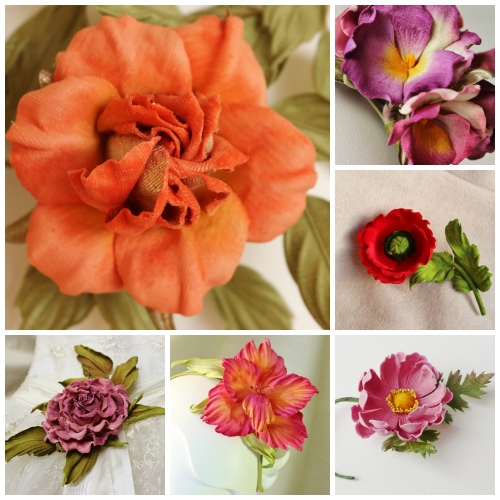


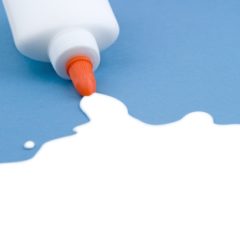
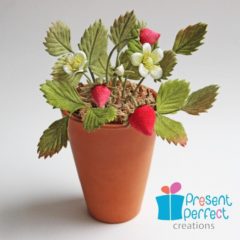

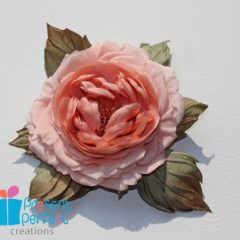
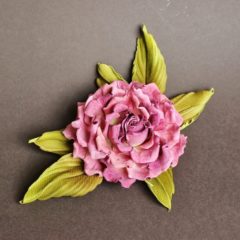
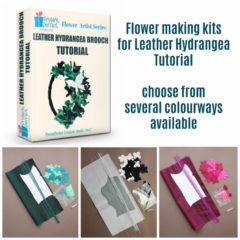

Jayne Schembri
This is so interesting. Very well written and informative. Certainly something that would interest my older children.
Julie scollick
Hi love the flowers lovely blog post 🙂